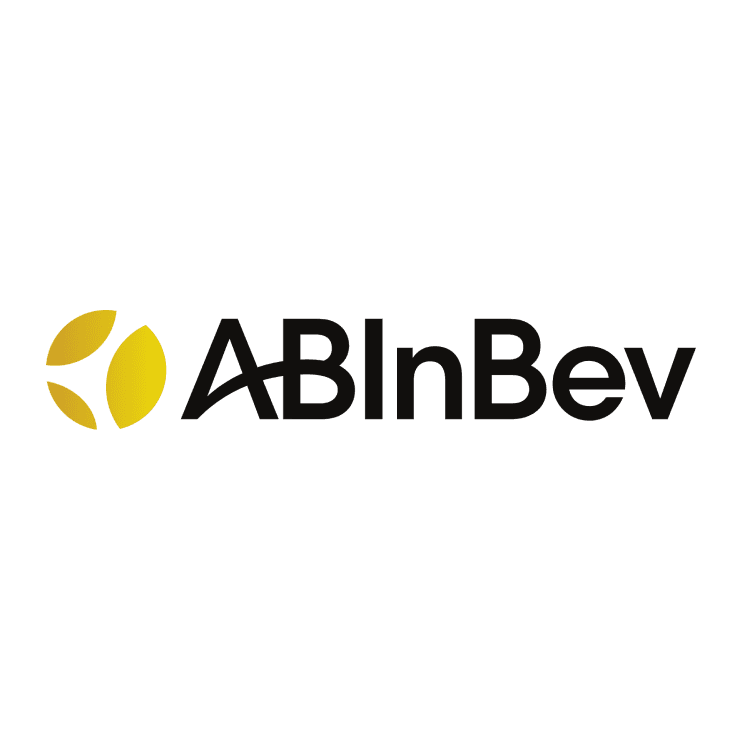
Automate Carbon Accounting Across Scopes 1-3
 Valgroup
Valgroup
Summary
Jornada Verde is Valgroup’s software for Scopes 1, 2, and 3, ensuring accurate, traceable GHG data via ERP integration, aligned with the GHG Protocol.
Context
This case study is part of decarbonization best practices shared with AB InBev Eclipse sustainability program’s community. Discover more about the Eclipse program here.
Valgroup, a global leader in plastic packaging with operations across 48 units in 7 countries, faces the complex challenge of accurately tracking and managing greenhouse gas (GHG) emissions across a highly diverse and geographically dispersed operation. One of the main barriers to decarbonization was the manual collection and processing of carbon data, which required extensive human effort, with an average of over 1,000 hours dedicated annually to building the GHG inventory across all units.
Solution
To advance its decarbonization strategy, Valgroup developed Jornada Verde, an in-house carbon inventory software integrated with ERP systems across 48 sites. The tool automates the collection of Scope 1, 2, and 3 data in real time, drawing directly from operational modules such as fuel, electricity, procurement, and logistics. By applying standardized emission factors (GHG Protocol, IPCC, DEFRA, local grids), Jornada Verde produces auditable inventories that ensure full traceability and alignment with the GHG Protocol.
This eliminates the need for manual inputs, significantly reduces the risk of errors or data loss, and enables more frequent and accurate emissions monitoring. The system also allows for quicker identification of hotspots and optimization opportunities, empowering data-driven decisions that reduce emissions across the value chain. As a result, Jornada Verde has become a key enabler of Valgroup’s climate strategy and accelerates its transition to a low-carbon economy.
Figure 1: Customized dashboard with detailed emission information

Figure 2: Flowchart of the software implementation

Impact
Sustainability impact
Climate
Provides full traceability and automation of Scopes 1, 2, and 3 inventories.
Covers key Scope 3 categories: purchased goods, capital goods, logistics, waste, business travel, and end-of-life of products.
Saves 1,000+ hours annually, reduces errors, and increases completeness, particularly for Scope 3 data often underreported
While it does not directly reduce emissions, Jornada Verde enables possible waste identification, enable efficiency solutions and helps with reduction strategies.
Business impact
Benefits
While Jornada Verde plays a key role in Valgroup’s climate strategy, its benefits go far beyond carbon management. The implementation of this automated platform has delivered tangible business value, including:
Reduced Manual Workload
Reduced manual workload (>1,000 hrs/year saved).
Requires minimal human intervention, lowering risks of inconsistencies, formula errors, and missed inputs.
Audit Ready
Faster decision-making with real-time dashboards and monthly updates
Cost Saving in labor and external consulting.
Enhanced compliance with external reporting frameworks (CDP, CSRD, SEC).
Increased employee engagement via accessible, transparent data.
Standardized data across all sites
Costs
The implementation of Jornada Verde required a lean, cross-functional team, focused on maximizing efficiency and integration with existing systems.
Implementation required ~0.5 FTE from sustainability and ~1 FTE IT specialist over 6–9 months.
Built largely with internal resources, minimizing external consulting.
Ongoing maintenance is low, requiring periodic updates to emission factors and dashboards.
Impact beyond sustainability and business
Co-benefits
In addition to driving emissions transparency and operational efficiency, the Jornada Verde initiative has generated important social and cultural co-benefits across the organization:
Full transparency and traceability of carbon data, improving accountability across departments.
Improved audit readiness and external verification processes.
Fostered stronger collaboration between sustainability, IT, operations, procurement, and finance teams.
Supported a company-wide shift toward data-driven decision-making.
Implementation
Typical business profile
Most relevant for multi-site manufacturers, logistics operators, and industrial companies with complex supply chains, significant Scope 3 emissions, and reliance on ERP systems. Suitable for organizations with intermediate to advanced sustainability maturity, or those transitioning from manual spreadsheets to automated, auditable systems.
Approach
The Jornada Verdeinitiative can be implemented in a phased and adaptable approach, allowing companies to tailor it to their operational complexity, data availability, and sustainability maturity level.
Step 1 – Map Emission Sources across Scopes 1-3 and define the calculation framework using the GHG Protocol Corporate Standard or other recognized methodologies.
Step 2 – Integrate ER modules (energy, procurement, logistics, production) with API’s or Data Systems, ensuring validation routines
Step 3 – Centralize emission factors (IPCC, DEFRA, local grids) in a calculation engine.Centralize emission factors (global and local) for all relevant activities.
Step 4 - Validate outputs via automated checks, benchmarking, and manual review.
Step 5 - Report and act using dashboards showing emissions by scope, region, and intensity per ton of product.
Stakeholders involved
Internal Stakeholders involved
Sustainability Team – Project lead, responsible for concept design, GHG Protocol methodology definition, and alignment with corporate decarbonization targets.
IT Department– Managed ERP integration, API development, data mapping, and automation workflows.
Projects Department – Coordinated implementation timelines, resources, and pilot rollouts before scaling company-wide.
Operations – Provided primary activity data (fuel use, production volumes, energy consumption) and validated system outputs.
Procurement – Collected supplier data for purchased goods, capital goods, and logistics to improve Scope 3 coverage.
Finance– Supported governance, cost tracking, and traceability of financial data linked to emissions.
External Stakeholders involved
ERP Software Provider – Enabled access to key data points and facilitated technical integration.
Emission Factor Databases – Provided updated, region-specific GHG emission factors (e.g., IPCC, DEFRA, national grid factors).
Suppliers – Shared emissions data related to purchased materials, transportation, and capital goods, improving Scope 3 accuracy.
Third-Party Verifiers – Reviewed and validated inventory outputs to ensure credibility, transparency, and audit readiness.
Key parameters to consider
Maturity: ERP-based carbon accounting is established, but full Scope 1–3 tailored automation is still emerging in manufacturing.
Lifetime: Long-term tool (5–7 years minimum) with periodic updates.
Technical constraints: Requires ERP with API capability, standardized data formats, IT resources for integration.
Relevance: Suited to multi-site, multi-country operations with complex Scope 3 profiles.
Regulatory context: Facilitates compliance with voluntary (CDP, GRI, SBTi) and mandatory (CSRD, SEC) disclosure requirements.
Implementation and operations tips
Standardize data across sites before integration
Make a pilot Project and Roll out ERP integration in phases.
Due to Limited supplier information, attention to engagement
In Scope 3, Start with high-impact data sources due its complexity
Change Management and User Adoption
Provide specific training for IT and Sustainability, and operational teams
Maintain ongoing support channels during transition
Promote periodic awareness-raising, literacy and engagement actions with all those involved